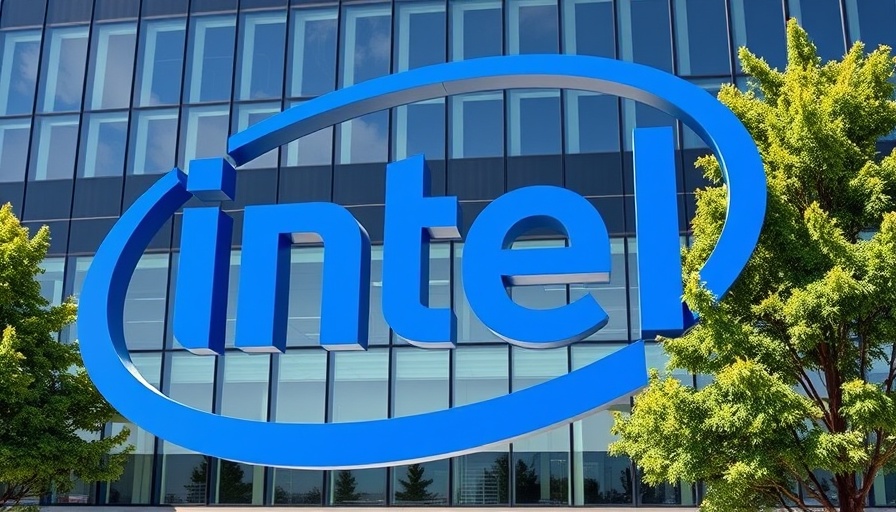
Intel's Breakthroughs Amid Challenges
In a sweeping update that rattled its investors, Intel announced delivering a revenue that exceeded Wall Street forecasts for the second quarter of 2025, achieving $12.86 billion against an estimated $11.92 billion. However, the news was clouded by the company's significant decision to cut back on chip factory expansions under the helm of new CEO, Lip-Bu Tan.
CEO Tan's Vision for Intel
Tan, who took the position this past March, expressed the struggles faced during the initial months in a memo to employees, emphasizing a shift to prioritize the company's core products while slashing construction plans. His remarks reflect a newfound strategy to halt the cycle of increasing expenditures that previously put the company in a financial vice.
Future Predictions and Opportunities in Chip Production
The analyst community is closely watching Intel as it embarks on a cautious strategy. With a projected revenue of $13.1 billion for the upcoming quarter, the tech titan is taking calculated risks in a post-pandemic environment where consumers are looking for innovation at a reasonable cost. This could present opportunities for investors focusing on the long-term resurgence of semiconductor production.
Analyzing Intel's Performance and Impact on Business Financing
Amidst a staggering net loss reported at $2.9 billion for the second quarter, the expectations for near-term earnings remain strained. The implication of these losses and strategic pivots raises questions among business lenders and investors about Intel's financial viability and its broader implications on the semiconductor market, hence affecting business credit conditions.
As the technology landscape evolves, the emphasis on maintaining value without overspending could inspire similar companies to adopt more responsible spending strategies. For banks and credit providers, monitoring Intel's next moves might offer insights into risk assessment procedures within technology investments.
The Resilience of Intel's Brand
Despite a rocky road in previous years, Intel's stock has seen a notable rise of 13% this year, indicating a potential recovery in investor confidence as the company resets its strategies. This resilience could serve as a beacon for business brokers and financial consultants advising on technology investments.
As the industry watches Intel's strategic adjustments, the insights derived from these decisions can inform broader trends in the tech financing landscape. Stakeholders in business can leverage these lessons to fine-tune their investment approaches and engagement strategies within the tech sector.
 Add Row
Add Row  Add
Add 




Write A Comment